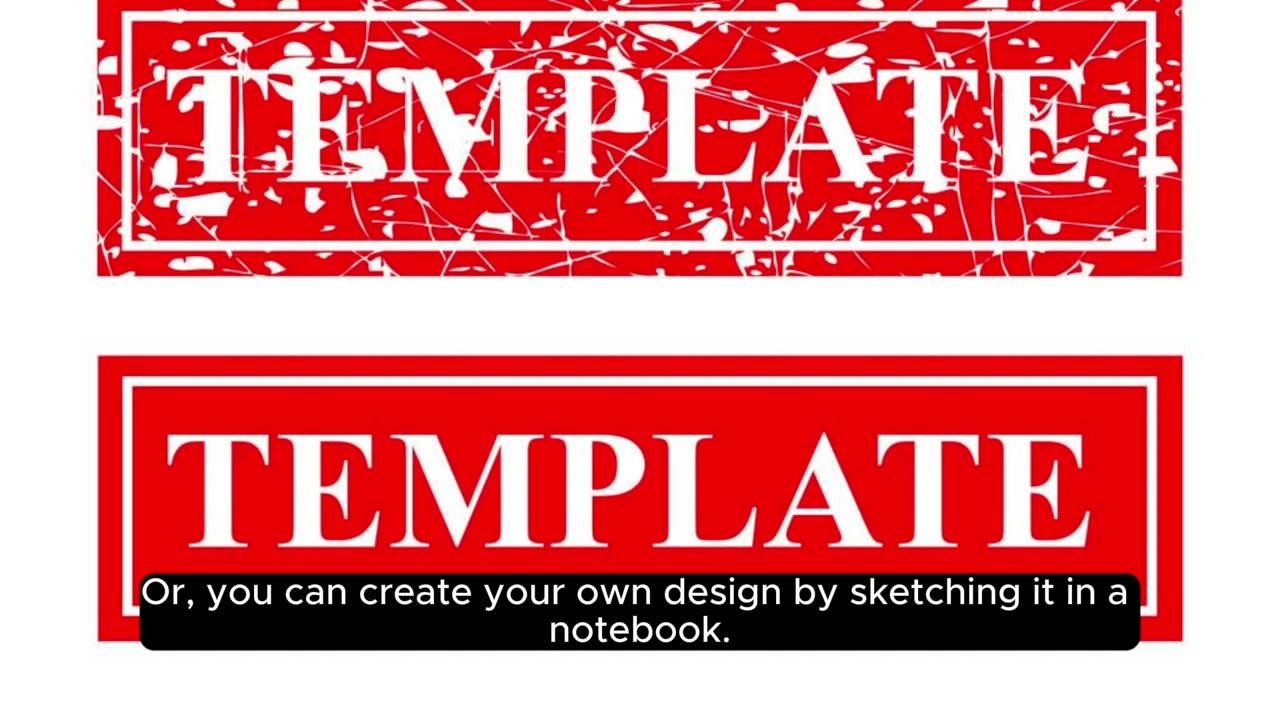Premium Only Content

First Steps in Design_ Creating a Simple Logo
"First Steps in Design: Creating a Simple Logo"
Embarking on the journey of design is an exciting endeavor, and creating a simple logo is an excellent starting point for budding designers. This process involves translating ideas into a visual identity that communicates a brand or concept effectively. Here are the fundamental steps to guide you in your first venture into design:
1. **Define the Purpose**: Understand the purpose of the logo. Whether it's for a brand, project, or personal use, clarity on its intended role sets the foundation for the design process.
2. **Research and Inspiration**: Explore existing logos, industry trends, and design styles for inspiration. This research helps you understand what resonates with your vision and target audience.
3. **Conceptualize Ideas**: Brainstorm and sketch out various ideas. Allow creativity to flow freely, exploring different concepts and visual elements that align with the essence of what the logo represents.
4. **Simplicity is Key**: Aim for simplicity in your design. A simple logo is often more memorable and versatile. Avoid unnecessary complexity to ensure clarity in conveying the intended message.
5. **Consider Brand Colors**: If the logo represents a brand, consider incorporating the brand's color scheme. Colors evoke emotions and contribute to brand recognition, making them a crucial element in design.
6. **Choose Appropriate Fonts**: Select fonts that complement the logo's style and reflect the brand's personality. Ensure readability and consider the scalability of the chosen fonts.
7. **Digital Tools**: Transition from sketches to digital tools for refinement. Software like Adobe Illustrator or online platforms such as Canva offer a range of design features to bring your logo to life.
8. **Vector Graphics**: Use vector graphics for scalability and versatility. Vector-based logos maintain their quality and sharpness, making them suitable for various applications.
9. **Balance and Proportion**: Pay attention to the balance and proportion of elements in your design. Ensure that no single element dominates, creating a harmonious and visually appealing composition.
10. **Feedback and Iteration**: Seek feedback from peers or mentors. Iterate on your design based on constructive feedback, refining details and making necessary adjustments.
11. **Test for Versatility**: Ensure your logo is versatile across different platforms and sizes. It should be recognizable and effective whether displayed on a website, business card, or social media profile.
12. **Finalize and Save Versions**: Finalize your design, saving different versions of the logo for various use cases. This may include variations in color, black and white, and simplified versions for small-scale applications.
13. **Maintain Consistency**: If the logo is part of a broader brand identity, maintain consistency in its use. Consistent branding builds recognition and strengthens the visual identity of the brand.
14. **Legal Considerations**: If applicable, check for copyright and trademark considerations. Ensure your logo design does not infringe on existing intellectual property rights.
15. **Celebrate Your Achievement**: Completing your first logo design is an accomplishment. Take a moment to celebrate your creativity and the skills you've developed through the process.
Creating a simple logo is an empowering introduction to the world of design. It allows you to explore your creativity, understand design principles, and communicate visually in a concise and impactful way. As you progress in your design journey, each project builds upon these foundational skills, guiding you toward more complex and intricate design endeavors.
-
 LIVE
LIVE
Vigilant News Network
7 hours agoUK Government BUSTED in Secret Plot to Extract Your Data | Media Blackout
1,380 watching -
 1:03:32
1:03:32
Winston Marshall
3 days ago"War On Children!" The DEMISE Of The West Starts With Schools - Katharine Birbalsingh
83.4K62 -
 48:02
48:02
Survive History
10 hours ago $2.28 earnedCould You Survive as a Sharpshooter in the Napoleonic Wars?
29.2K2 -
 12:03
12:03
Space Ice
11 hours agoSteven Seagal's China Salesman - Mike Tyson Knocks Him Out - Worst Movie Ever
20.3K14 -
 11:37
11:37
Degenerate Jay
10 hours ago $2.39 earnedJames Bond Needs Quality Over Quantity From Amazon
20.7K2 -
 15:23
15:23
Misha Petrov
11 hours agoTrad Wives & Girl Bosses Go to WAR!
27.6K36 -
 2:03:11
2:03:11
TheDozenPodcast
9 hours agoFootball villain fighting the state: Joey Barton
26.2K1 -
 LIVE
LIVE
Scottish Viking Gaming
12 hours ago💚Rumble :|: Sunday Funday :|: Smash the Blerps and Vape the Terpes
505 watching -
 1:45:00
1:45:00
RG_GerkClan
13 hours ago🔴LIVE Sunday Special - It's Time for World Domination - Civilization VII - Gerk Clan
71.9K27 -
 LIVE
LIVE
Major League Fishing
4 days agoLIVE Tackle Warehouse Invitationals, Stop 1, Day 3
141 watching